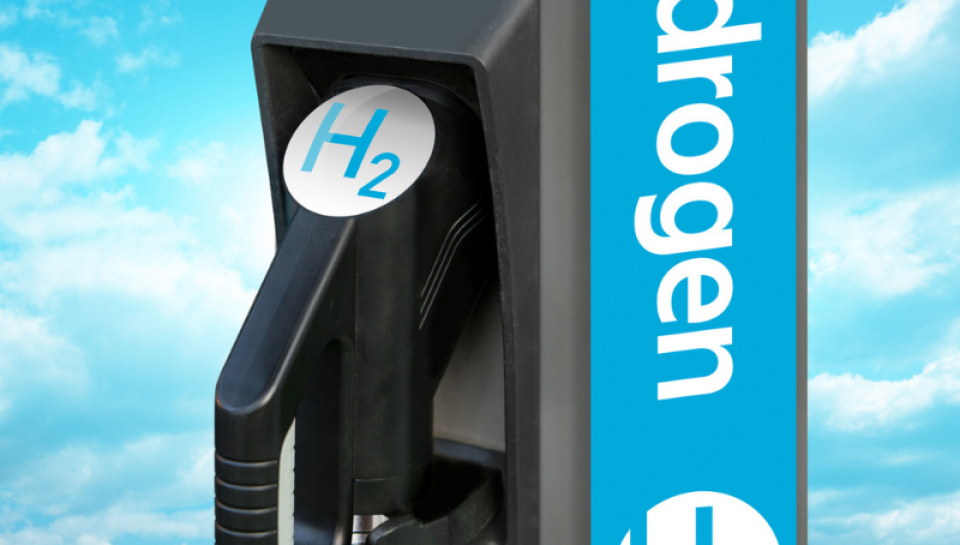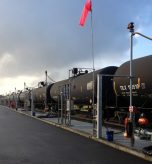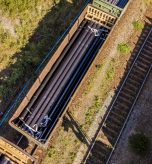Introduction
A major energy company sought expertise in establishing liquid hydrogen trucking operations across North America to serve customers from two production facilities. The client needed to evaluate different fleet management models, optimize their distribution network, and determine the most cost-effective approach to serve over 60 delivery locations. With truck driver shortages at critical levels and specialized cryogenic trailers in limited supply, the client required deep transportation and logistics expertise to develop a comprehensive solution that would ensure reliable service while managing costs. Our firm was selected to analyze options and provide strategic recommendations based on our extensive experience in bulk logistics and fleet optimization.
At A Glance
The consulting team delivered a detailed analysis comparing private, dedicated, and hybrid fleet models for liquid hydrogen distribution, including capital requirements, operating costs, and implementation considerations. The engagement resulted in potential annual savings of $3-5 million through optimized fleet management and network design.
Key Requirements:
- Develop comprehensive logistics model analyzing private vs. dedicated fleet options
- Determine optimal fleet size and composition to serve over 60 delivery locations
- Create detailed implementation roadmap including driver recruitment and trailer procurement strategy
The Challenge
The client faced multiple complex challenges in establishing their liquid hydrogen distribution network. With two production facilities needing to serve approximately 60 delivery locations across North America, traditional trucking models were challenged by the specialized nature of cryogenic transport. A severe nationwide driver shortage, particularly for hazmat-qualified drivers, created recruitment concerns. Additionally, limited manufacturing capacity for specialized cryogenic trailers (16-24 month lead times) threatened the ability to scale operations. The client needed to determine whether to invest approximately $170 million in a private fleet or pursue dedicated carrier partnerships, while ensuring reliable service and managing product losses from boil-off during transit. Complex loading/unloading procedures and strict DOT hours of service regulations further complicated the network optimization.
PraxiChain Solution
- Conducted detailed analysis of three fleet management scenarios – private, dedicated, and hybrid models
- Developed comprehensive logistics model incorporating specialized requirements for cryogenic transport
- Created loading station optimization model to maximize trailer utilization
- Analyzed driver recruitment strategies and compensation requirements
- Determined optimal trailer procurement approach considering manufacturing constraints
- Designed relay network and sleeper team operations to improve asset utilization
- Established fuel surcharge program and contract strategies
Results
Our team of consultants delivered comprehensive insights and strategic recommendations that enabled the client to make informed decisions about their distribution network strategy. Through sophisticated modeling and analysis, we identified opportunities to significantly reduce capital requirements while maintaining operational effectiveness. Our loading station optimization dramatically reduced fleet size requirements compared to initial estimates, while implementation strategies for driver recruitment and retention addressed critical workforce challenges. The engagement provided actionable solutions for every aspect of the operation – from detailed contract structures and fuel recovery programs to optimized station loading schedules that improved asset utilization. Most importantly, our team’s deep expertise in bulk logistics and fleet operations enabled us to navigate the complex requirements of cryogenic transport while balancing operational, financial, and strategic objectives. The final recommendations were supported by detailed financial modeling and implementation roadmaps that gave the client confidence in executing their chosen strategy. Beyond just cost savings, our solution provided a framework for building a sustainable and scalable distribution network that could grow with their business needs.















